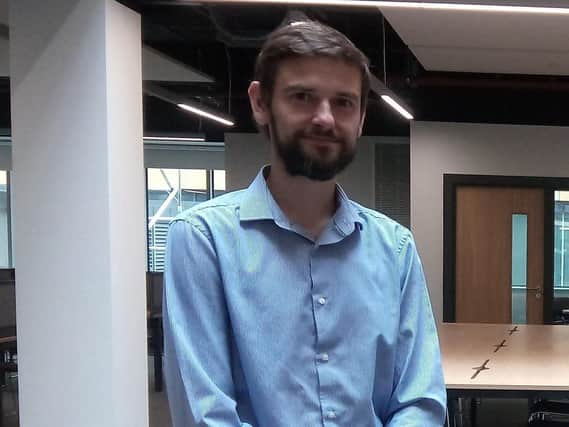Calderdale schools told they can remove bubbles as number of local schools having to send children home rises


At the end of Tuesday, there were 55 schools in the borough that had sent children home because of coronavirus - 40 primary schools, 12 secondary schools and three special schools.
Six nurseries and one post-16 setting have also been hit.
Last week that number was 45 - 12 secondary schools, 31 primaries and two special schools, along with two nurseries.
Advertisement
Hide AdAdvertisement
Hide AdEducation Secretary Gavin Williamson says it is up to individual schools as to whether they remove the bubble system before the summer holidays, following the expected move to Step 4 after July 19.
Current rules state that children have to self-isolate for 10 days if another pupil in their bubble - which can be up to a whole year group in secondary schools - tests positive for coronavirus.
From August 16, children will only need to self-isolate if they have tested positive for Covid-19.
Calderdale Council is processing the implications for its schools - most of which do not break up until July 23.
Advertisement
Hide AdAdvertisement
Hide AdCouncillor Adam Wilkinson, Cabinet Member for Children and Young People’s Services, said: “Schools have been doing a brilliant job and are working incredibly hard to minimise disruption to young people’s learning as much as possible. However, we understand how difficult it’s been for staff, parents and pupils recently.
“We’re working through the implications for Calderdale schools following the Government announcement and will continue to offer our guidance and full support.”
Calderdale’s branch of the National Education Union accused the Government of a herd immunity policy, and warned the long-term effects of Covid-19 for children are not yet known.
It said schools may decide to keep their bubbles, at least until the end of term, to reduce cases for the start of the holidays.
Advertisement
Hide AdAdvertisement
Hide Ad"With Gavin Williamson announcing the end of self-isolation (of contacts with positive cases) and bubbles in schools, the Government seem to be following a policy of herd immunity," it said.
"Many young staff in schools and no children are not yet fully vaccinated, so infection rates will increase rapidly. We do not yet know the long term effects of Covid-19 or long -Covid on children. This could also lead to more variants evolving, some of which may evade the vaccine.
"Schools may decide to keep their bubbles, at least until the end of term. This would reduce the possible number of positive cases for the start of the Summer holidays.
"To keep children and staff safe in schools we need the Government to provide funding for carbon dioxide monitors and air filters, and to immediately implement a vaccination plan for all secondary school aged children."
Advertisement
Hide AdAdvertisement
Hide AdUpdated Department for Education (DfE) guidance says keeping children in consistent bubbles will not be needed for summer provision, or in the autumn.
In addition to ending bubbles, Mr Williamson said it will “not be necessary to stagger start and finish times” at schools.
He told the Commons yesterday: “We recognise that the system of bubbles and isolation is causing disruption to many children’s education. That is why we’ll be ending bubbles and transferring contact tracing to the NHS Test and Trace system for early years settings, schools and colleges.”
Mr Williamson added: “I do not think it is acceptable that children should face greater restrictions over and above those of wider society, especially since they have given up so much to keep older generations safe during this pandemic.”
Advertisement
Hide AdAdvertisement
Hide AdFrom July 19, schools will no longer be expected to undertake contact tracing and NHS Test and Trace will instead identify close contacts of positive cases.
Face coverings will also no longer be advised for pupils, staff and visitors, either in classrooms or in communal areas.
But the Education Secretary said “some protective measures” – such as enhanced hygiene and ventilation – will remain in place for the autumn term.
He told MPs: “Secondary schools and colleges will be asked to provide two on-site tests at the start of term, with regular home testing continuing until the end of September, when this will be reviewed.”